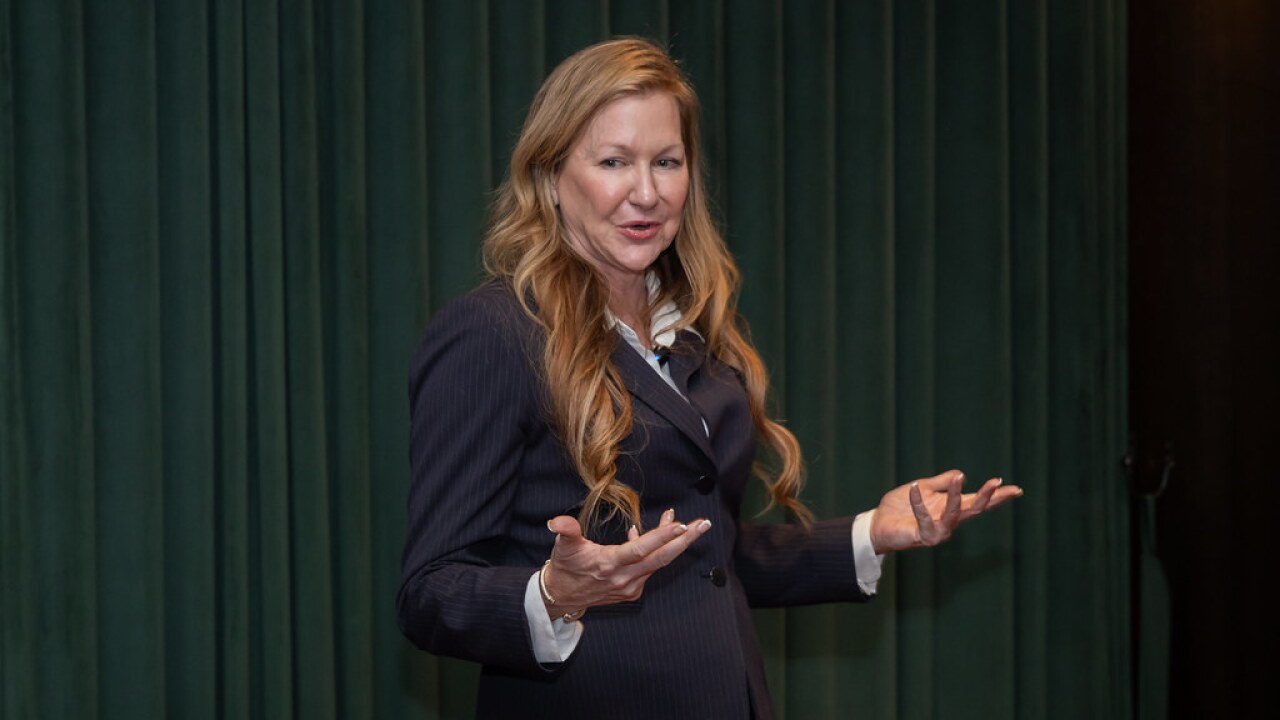Nuclear Verdicts, those verdicts in excess of $10 million or where the non-economic damages are disproportionate to the economic damages and facts — continue to increase in both frequency and severity. The growth is fueled by a collaborative and innovative plaintiffs' bar adept at exploiting weaknesses in the defense's case and manipulating jurors' emotions. But when insurers refuse to adapt, by exploring new technologies that can simplify, streamline, and strengthen defenses, insurers allow the proliferation of Nuclear Verdicts (and the social inflation they produce) to continue.
Complicating the landscape for insurers and their counsel is the involvement of third-party litigation funders: shadow corporations that invest in case outcomes and fund the plaintiff's litigation while driving up damages and reducing risk for plaintiffs and their counsel. What is even scarier? Plaintiffs' counsel and the funders behind them both use artificial intelligence solutions to identify opportunities for massive payouts, to streamline their efficiencies, and ultimately, to drive Nuclear Verdicts.
Insurers are slow to adopt new technologies
On the flip side, insurers and their counsel are notoriously slow to adapt. This may be in part because there are more stakeholders involved in decision making for insurers than there are for plaintiffs' lawyers or third-party litigation funders. Organizational change takes more time because of the mere size of the organization involved. Additionally, insurers and their counsel are, by nature, risk-averse. The very nature of the business is oriented toward reducing risk; adopting new technologies and solutions requires risk. Is it any wonder the insurance defense industry lags in innovation?
Nuclear Verdicts cost insurers billions of dollars each year. Some
What if the insurer was not surprised by a nuclear result? What if the insurer adapted by using new technology? What if claims professionals were alerted early in the life of a file, and periodically throughout it, of the file's risk of going nuclear?
The insurer, together with their counsel, could pivot their approach by addressing identified danger areas, changing trial strategy, or making an aggressive move toward settlement. If enough insurers adapted, this cycle would be stopped altogether.
AI for insurers: The risk
AI innovation is not only for the plaintiffs' bar and the third-party litigation funders behind the curtain. The Insurtech industry is rife with AI solutions that reduce costs, minimize risk, and even detect Nuclear Verdicts lurking in claims files before they even go to trial. Any new technology or solution faces an uphill battle toward adoption, but that is particularly true in insurance.
There is a concern that AI solutions will replace humans, rather than helping them. AI Insurtech solutions are viewed as a threat, rather than a tool. And while these concerns are understandable, they require a product-by-product assessment.
When AI can act as a second set of eyes for claims professionals to detect Nuclear Verdicts before they happen, claims professionals are supported in their role, and are freed up to focus on the very human (and very critical) components of their job, such as interfacing with insureds.
Any new innovation requires buy-in, education, and oversight to ensure its success. Insurers must safeguard their insured's information and maintain proper confidentiality while adhering to their own processes when adopting new technologies. It is therefore critical that any new technology be properly vetted, and be customizable to meet the needs of the specific insurer. It is also helpful if the technology is developed by those from within the insurance and insurance defense industry directly, to ensure its sensitivity to the industry's pain points and biggest roadblocks.
AI for insurers: The reward
With plaintiffs' lawyers and the funders behind them adapting at almost a breakneck pace (and making billions of dollars per year at the expense of insurers and insureds), insurers must weigh the risk of adopting new technologies against the reward.
AI can act as an early warning system for claims professionals, simultaneously freeing them to focus on other parts of their jobs and arming them with critical and unmatched insights into the dangers lurking in their claims files. If even 75% of Nuclear Verdicts were stopped by AI, that represents billions of dollars of savings for the insurance industry. In short: AI could fundamentally change the cycle by halting the unabated cash flow of Nuclear Verdicts for plaintiffs' lawyers and their funders, thereby slowing social inflation and restoring confidence and stability to the market.
Surely the risk is worth that reward.






